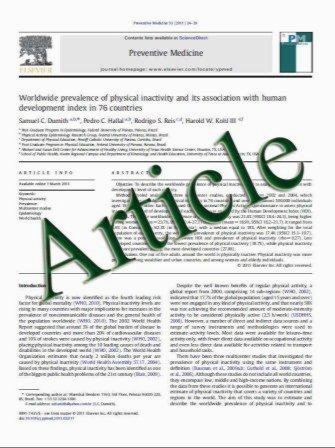Echium acanthocarpum hairy root cultures, a suitable system for polyunsaturated fatty acid studies and production
- نوع فایل : کتاب
- زبان : انگلیسی
- مؤلف : Elena Cequier-Sanchez (elenacequier@hotmail.com) Covadonga Rodriguez (covarodr@ull.es) Roberto Dorta-Guerra (rodorta@ull.es) Angel G Ravelo (agrave
- چاپ و سال / کشور: 2011
Description
Background The therapeutic and health promoting role of highly unsaturated fatty acids (HUFAs) from fish, i.e. eicosapentaenoic acid (EPA, 20:5n-3) and docosahexaenoic acid (DHA, 22:6n-3) are well known. These same benefits may however be shared by some of their precursors, the polyunsaturated fatty acids (PUFAs), such as stearidonic acid (SDA, 18:4 n-3). In order to obtain alternative sources for the large-scale production of PUFAs, new searches are being conducted focusing on higher plants oils which can contain these n-3 and n-6 C18 precursors, i.e. SDA and GLA (18:3n-6, م-linolenic acid). Results The establishment of the novel Echium acanthocarpum hairy root cultures represents a powerful tool in order to research the accumulation and metabolism of fatty acids (FAs) in a plant particularly rich in GLA and SDA. Furthermore, this study constitutes the first example of a Boraginaceae species hairy root induction and establishment for FA studies and production. The dominant PUFAs, 18:2n-6 (LA, linoleic acid) and 18:3n-6 (GLA), accounted for about 50% of total FAs obtained, while the n-3 PUFAs, 18:3n-3 (ALA, ل-linolenic acid) and 18:4n-3 (SDA), represented approximately 5% of the total. Production of FAs did not parallel hairy root growth, and the optimal productivity was always associated with the highest biomass density during the culture period. Assuming a compromise between FA production and hairy root biomass, it was determined that sampling times 4 and 5 gave the most useful FA yields. Total lipid amounts were in general comparable between the different hairy root lines (29.75 and 60.95 mg/g DW), with the major lipid classes being triacylglycerols. The FAs were chiefly stored in the hairy roots with very minute amounts being released into the liquid nutrient medium. Conclusions The novel results presented here show the utility and high potential of E. acanthocarpum hairy roots. They are capable of biosynthesizing and accumulating a large range of polyunsaturated FAs, including the target GLA and SDA fatty acids in appreciable quantities.
ISSN 1472-6750 Article type Research article Submission date 17 October 2010 Acceptance date 27 April 2011 Publication date 27 April 2011


